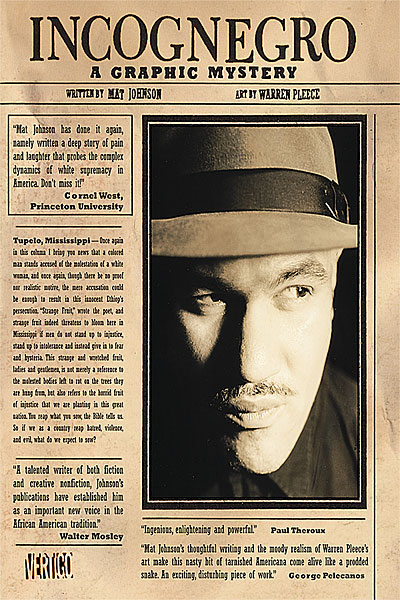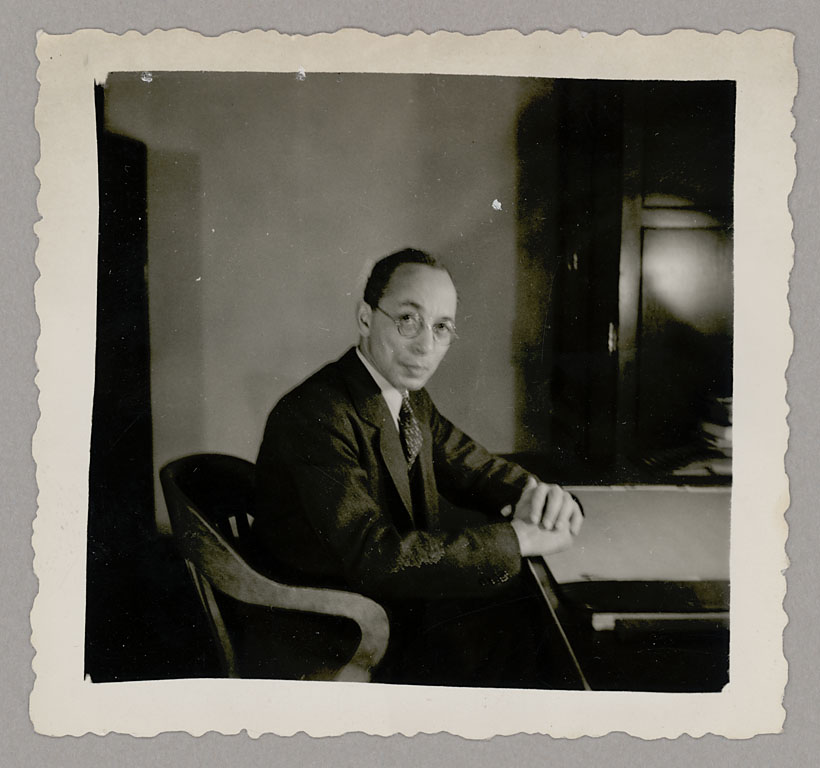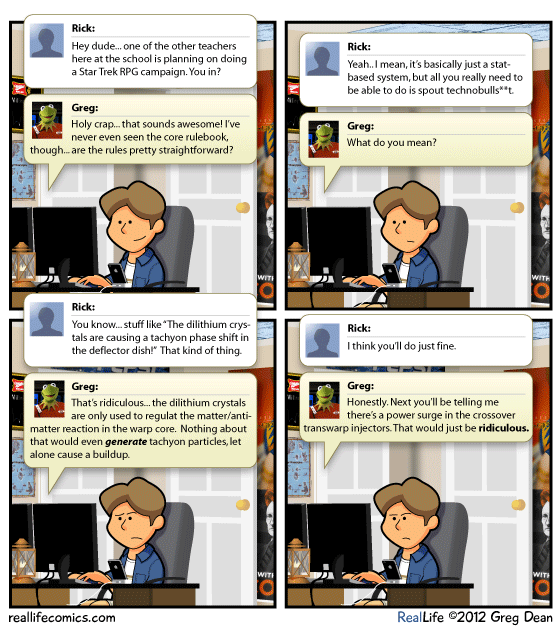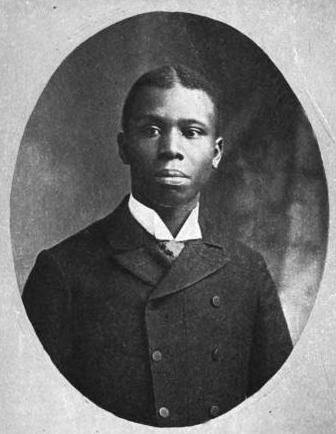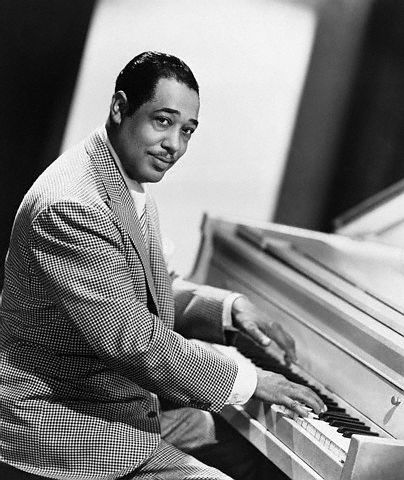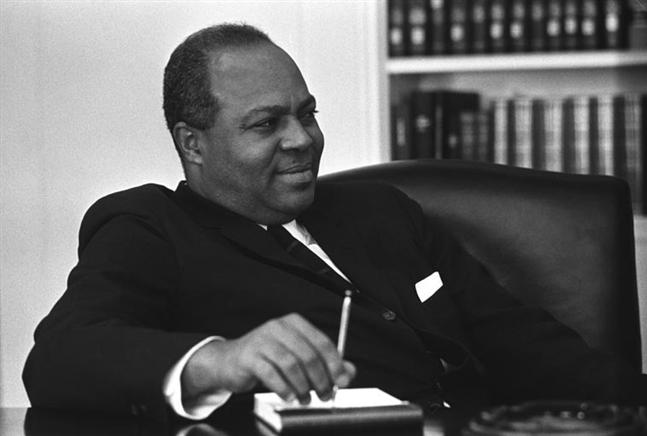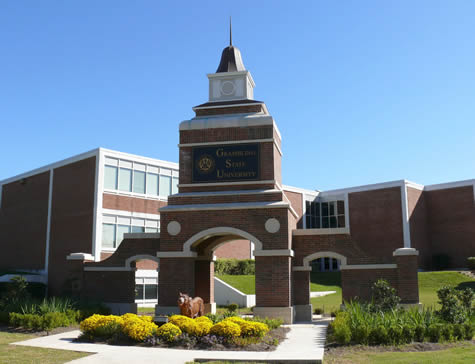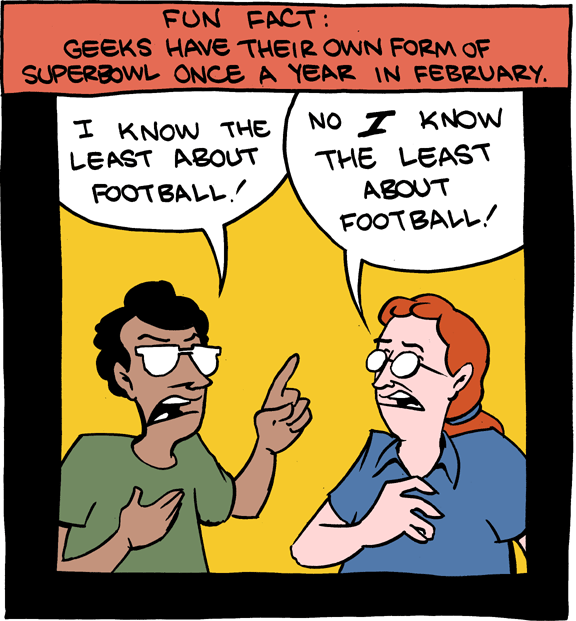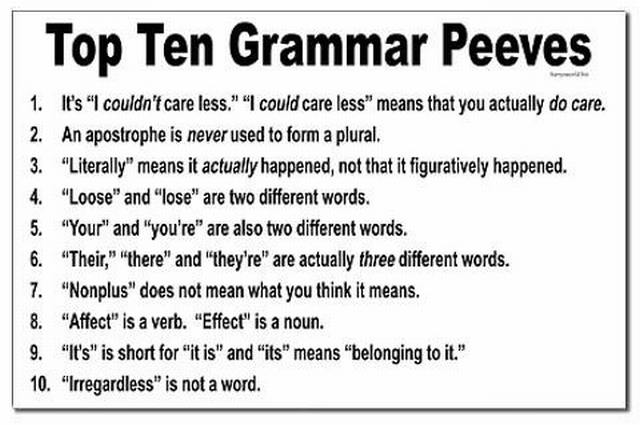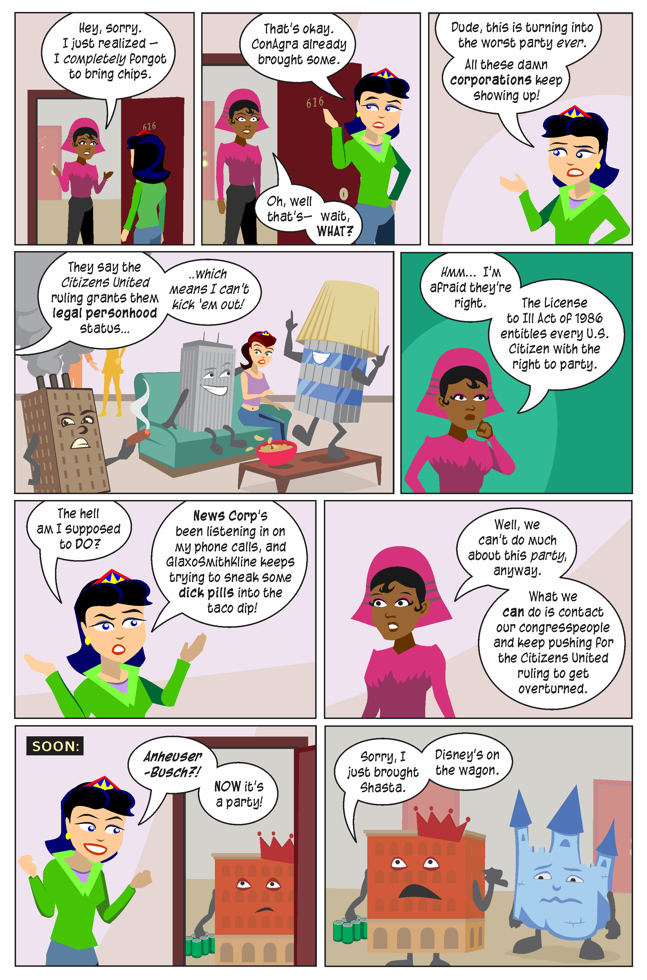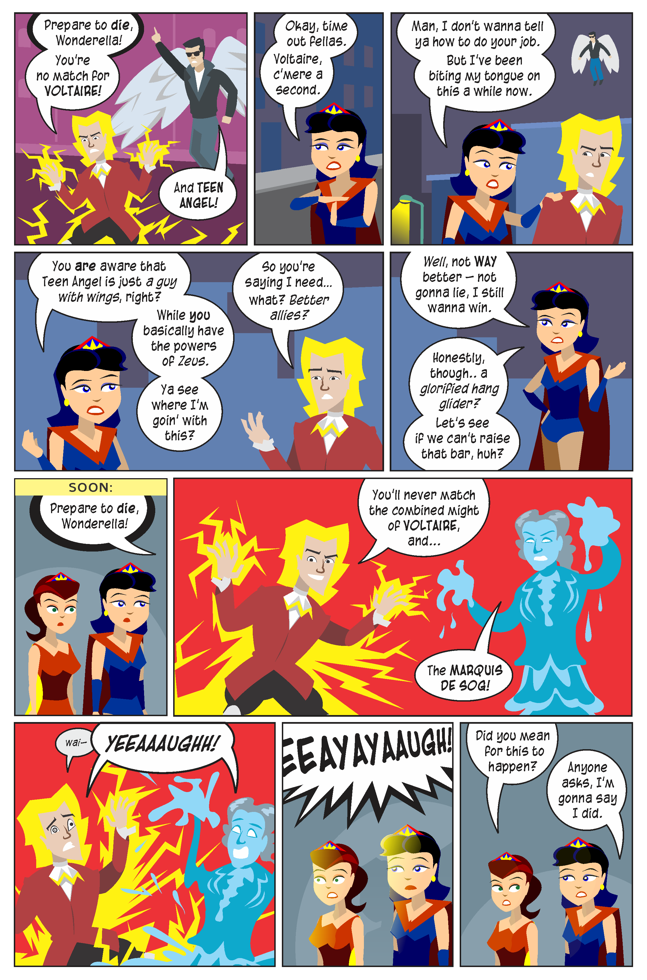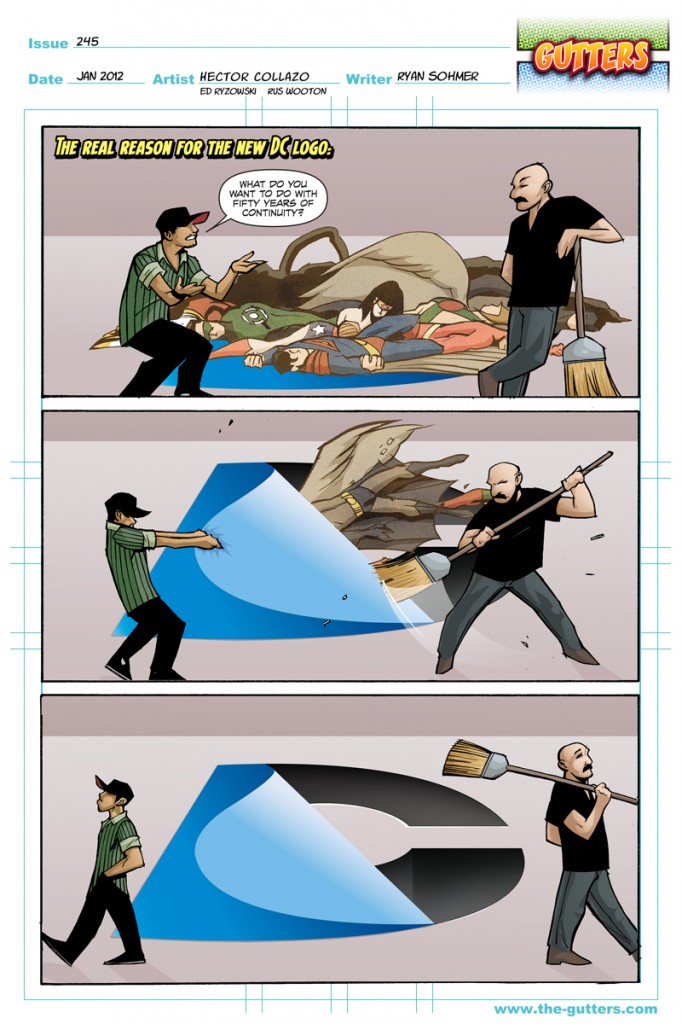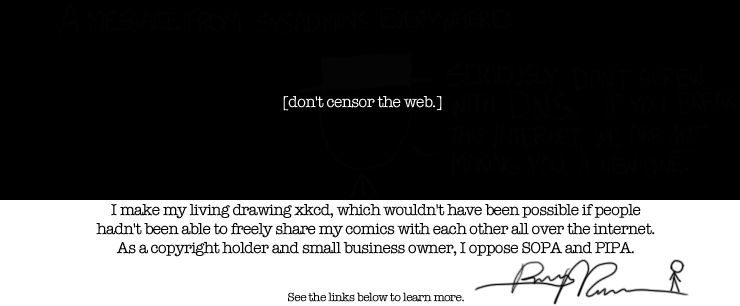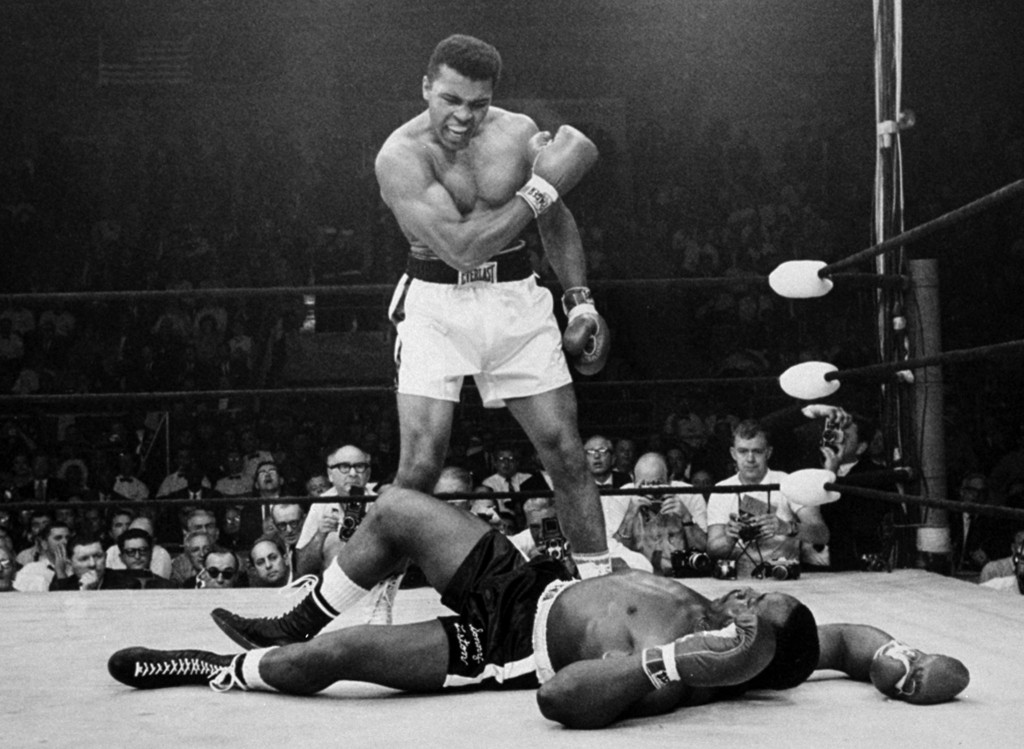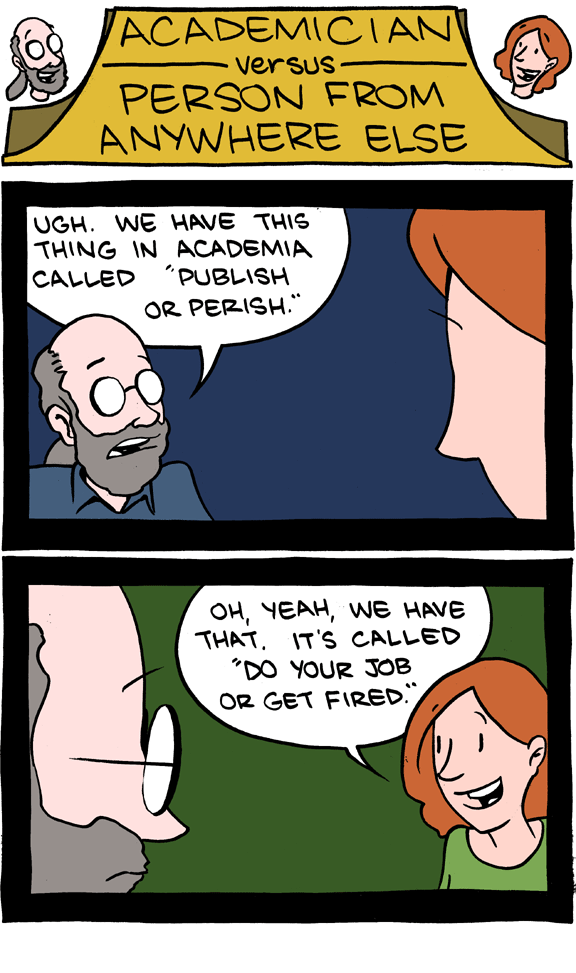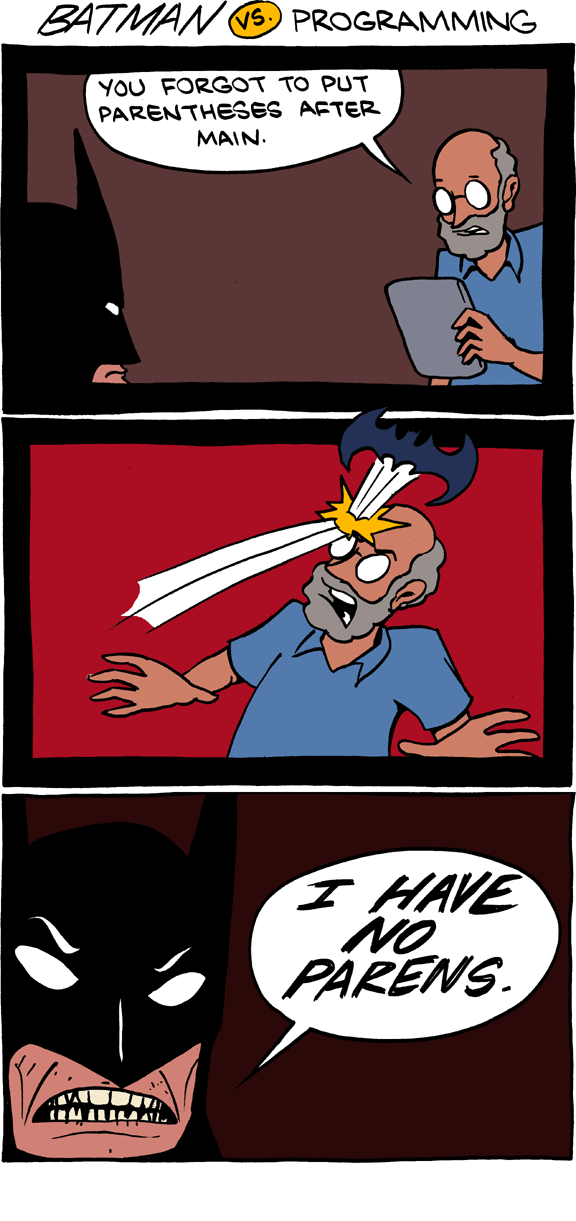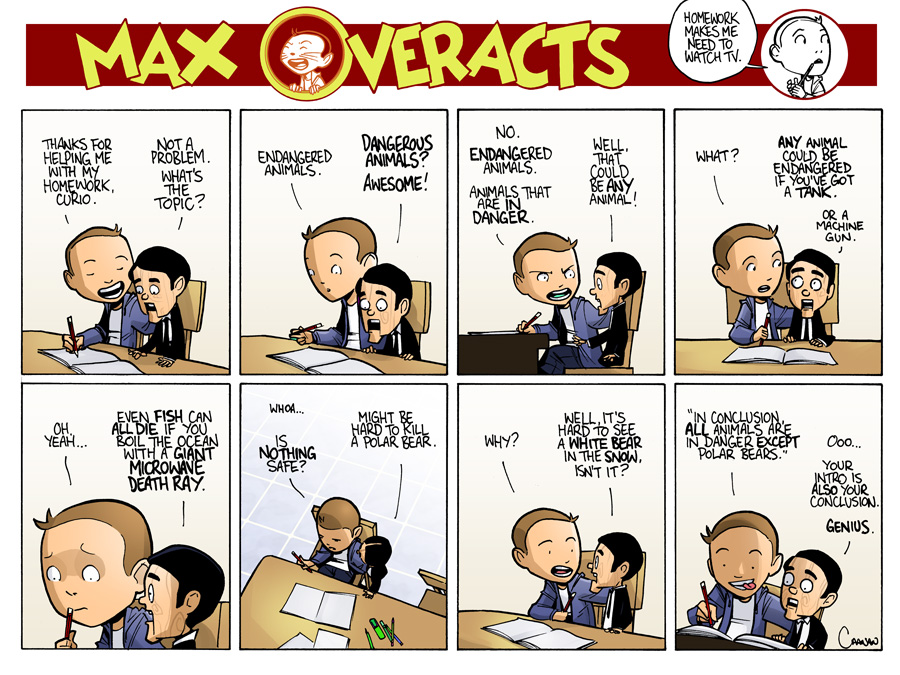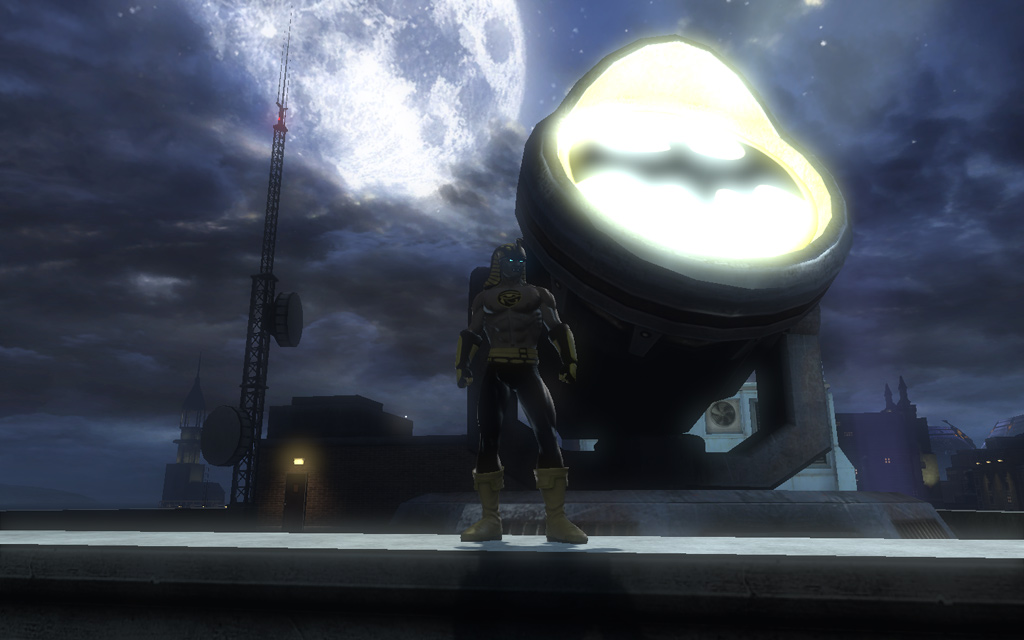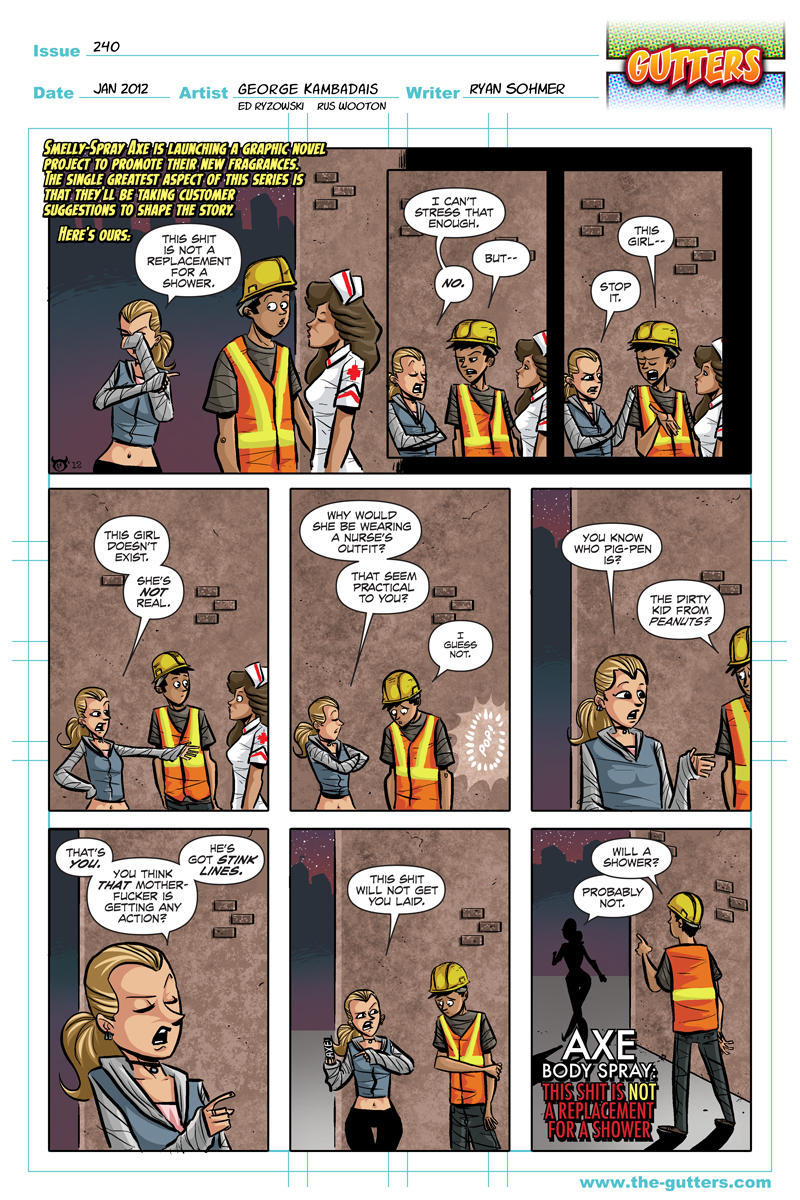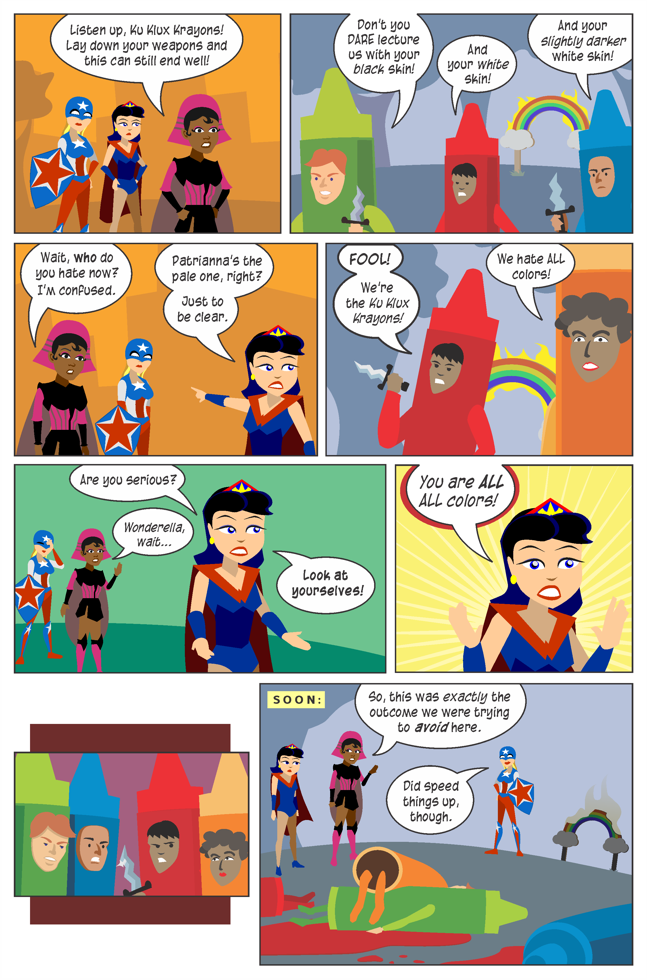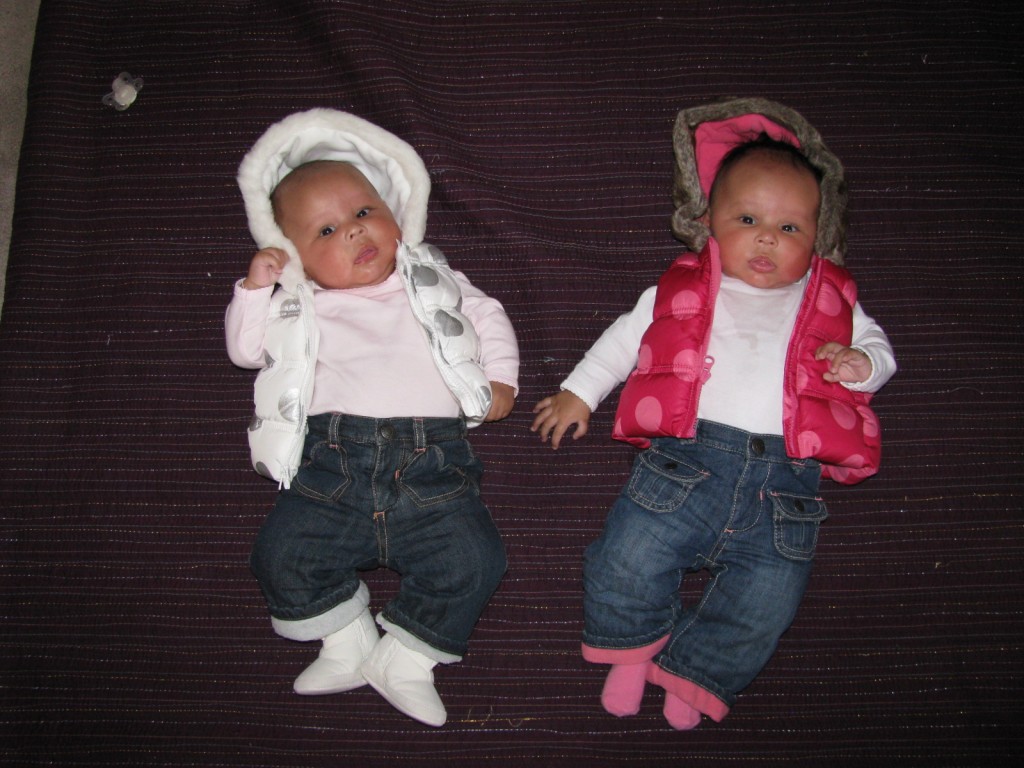Halfway There (Part I)
books, business and economy, comics and animation, computers, engagement/wedding/marriage, everyday glory, food for thought, football, geekery, health, kids, movies and TV, music, opera, politics and law, space, the world, toys, trains/model railroads, Whiskey Tango Foxtrot...?!, zombies No Comments »It’s the middle of the week. And it’s new comics day. And it may or may not be Pasta and Movie Date Night.
But, more importantly: It’s Diana’s 6-month birthday!
Both little ladies are doing well, despite long crying jags in the wee hours of this morning: Diana started around 2:30, Vanessa around 4:00. We’re trying to get the girls to learn to put themselves back to sleep when they wake up in the middle of the night, so we didn’t go immediately rushing in to comfort them…
…which made for a long couple of hours.
…which, in turn, led me to sleep on the couch downstairs so I could get my last few hours’ sleep (and not have an encore presentation of Monday).
But, by the time I looked in on them around 7:15, they were all giggles, grins and kicks.
Kids. Go figure.
Stray Toasters
- I just called SaraRules! to confirm that we were attending Utah Opera’s upcoming production Elixir of Love. She assured me that we were and then made a “get your towel/don’t panic” comment. I was proud, amused and a little scared (all at once) by this.
- Drug Policy as Race Policy: Best Seller Galvanizes the Debate
- Rush flushes Rush!
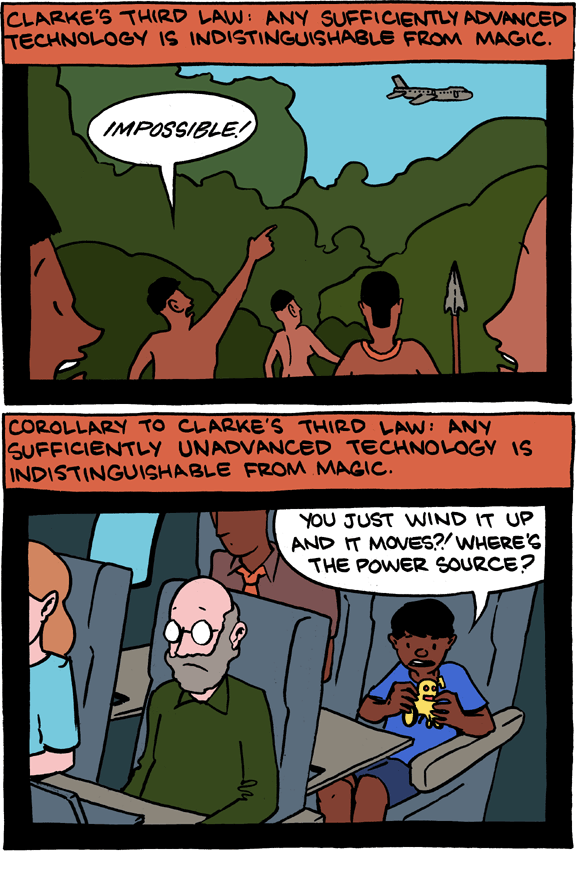
- My current lack of a model railroad is making me want to take my HO Scale train equipment and make a door layout. And I just realized that I have some US HO train gear, as well as a fair bit of Marklin train equipment, that I inherited from a coworker of SaraRules. What does all this mean? Simply put: I could do a double-sided door setup — US on one side; EU on the other.
- To Lose Weight, Just Drink a Gallon of Coffee
- Web Sites Shine Light on Petty Bribery Worldwide
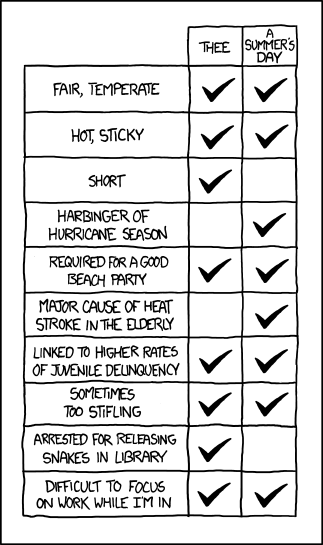
- Does Batman Carry Shark Repellent?
- Peyton Manning and the Indianapolis Professional Football Club have called it quits. Kudos to Manning for his professionalism during the press conference. Also, I noticed something: Peyton Manning and NCIS‘ Sean Murray look “a bit” alike…
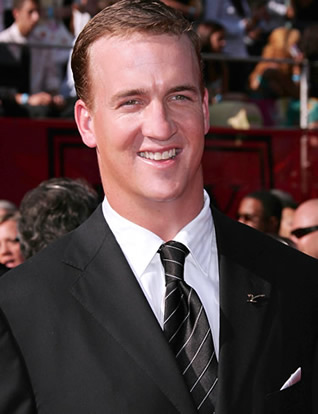
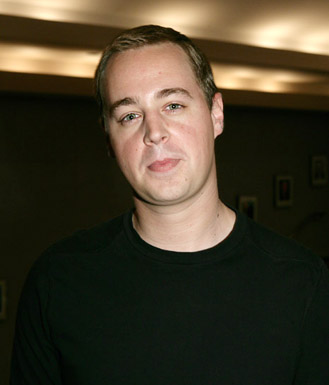
Peyton Manning (l) and Sean Murray…and I don’t think that I’ve ever seen the two of them in the same place at the same time. Just saying.
- Astronaut’s photo of amateur astronomers “flashing” space station
- Toy Shining
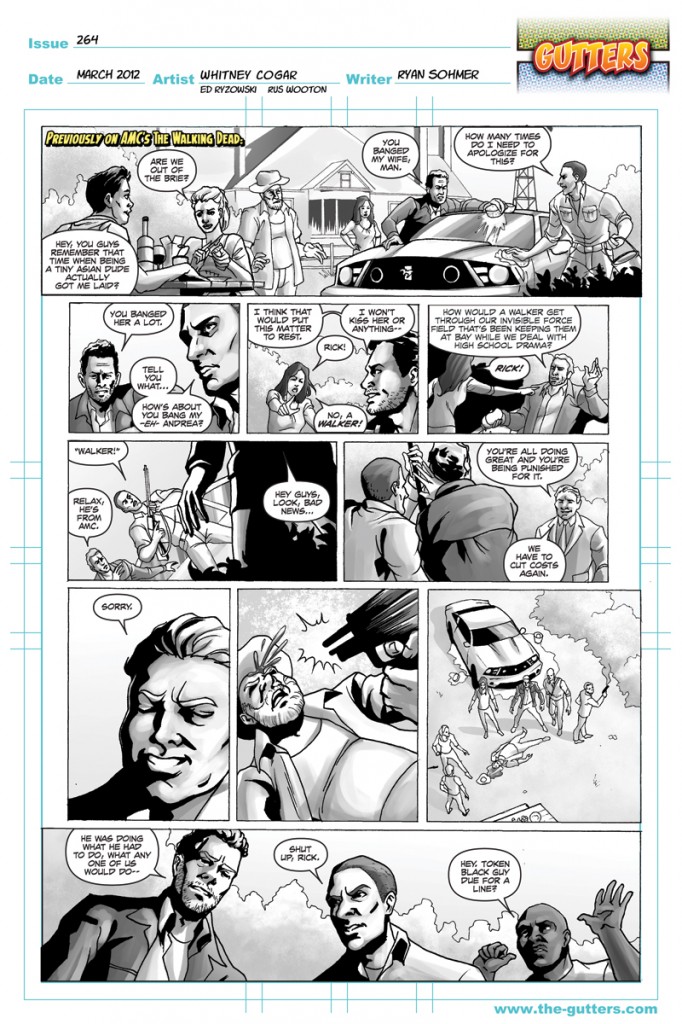
- Arrests Sow Mistrust Inside a Clan of Hackers
Namaste.




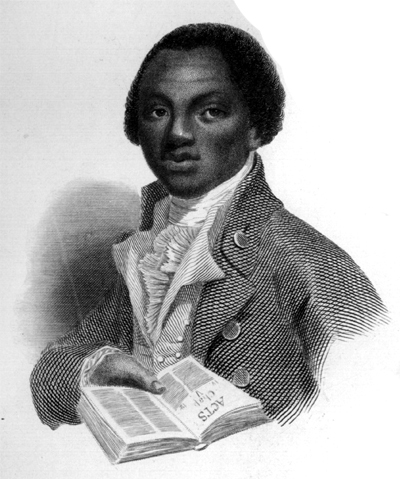


![[James-Weldon-Johnson,-half-length-portrait,-facing-front]-LOT-13074,...-painting-artwork-print](http://blog.echopulse.net/wp-content/uploads/2012/02/James-Weldon-Johnson-half-length-portrait-facing-front-LOT-13074...-painting-artwork-print.jpg)
